
Camping on the white cliffs in Ha Giang
Conquering the White Cliffs: A Thrilling Ha Giang Camping Adventure
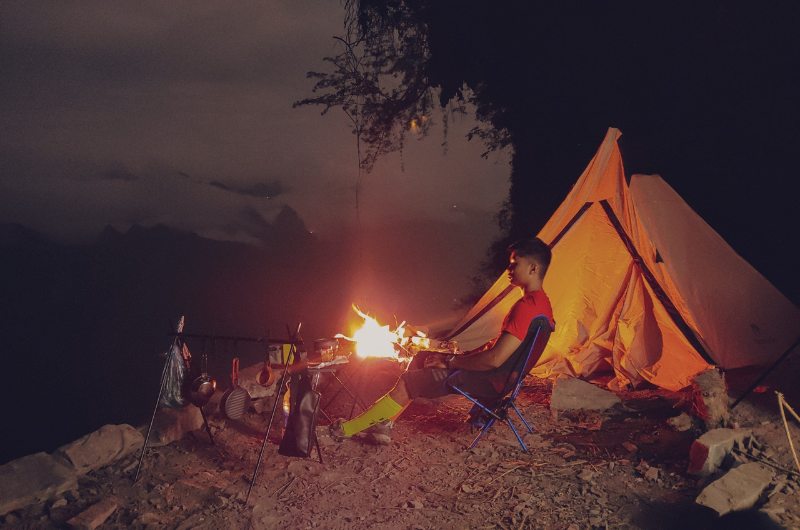
Embark on an exhilarating adventure to the white cliffs campsite, a destination renowned for its breathtaking vistas of Ha Giang’s natural wonders. This remarkable site offers travelers an opportunity to take in the stunning views of the Nho Que River, the awe-inspiring Tu San Canyon, and the majestic Ma Pi Leng Pass—three of the most spectacular and celebrated features of Ha Giang Province.
Situated approximately 300 kilometers from Hanoi, Ha Giang Province provides a thrilling route through the Ma Pi Leng Pass, one of Vietnam’s most formidable and exhilarating mountain passes. This rugged and challenging road winds its way through an awe-inspiring landscape of towering white limestone mountains, offering daring adventurers the chance to experience the grandeur of the white cliffs up close.
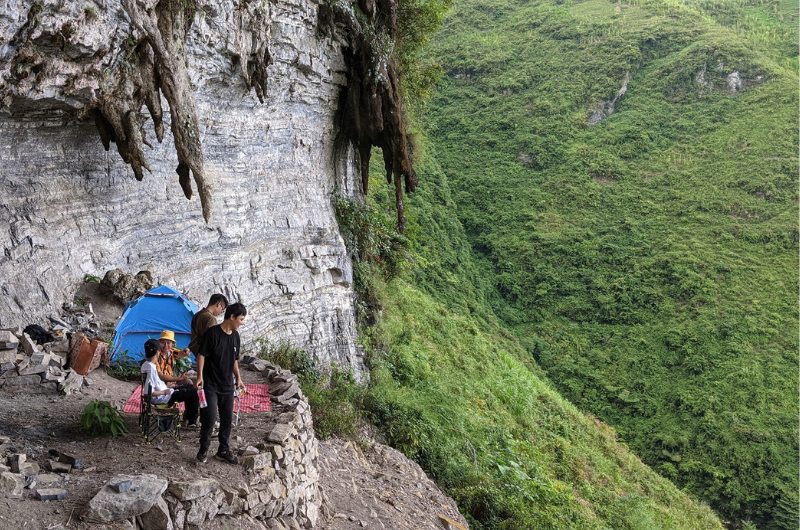
The white cliffs themselves are perched atop Chua Lanh Gau Mountain, which is also known locally as Fairy Mountain in the Hmong language. These striking cliffs dominate the landscape, stretching across the Pai Lung Commune in Dong Van District and extending into the Pa Vi Commune in Meo Vac District. Rising majestically to an altitude of 1,700 meters above sea level, the cliffs offer a dramatic and panoramic view of the surrounding terrain. The path that leads to this incredible vantage point stretches over 5 kilometers, connecting the remote and picturesque Xeo Sa Lung Village in Pai Lung with the equally enchanting Ma Pi Leng Village in Pa Vi. This journey through the rugged landscape not only showcases the natural beauty of Ha Giang but also immerses travelers in the region’s rich cultural and geographic tapestry.
Travel blogger Ta Ba Lo, from the Bo Y ethnic group, explored this route in September. He found it moderately challenging, suitable for trekking beginners. Starting from Ha Giang City, he rode along Highway 4C to the Ma Pi Leng Pass, then took a motorbike taxi along a narrow 3-kilometer road to reach the hike’s starting point. The final leg involved a 1-kilometer walk to the campsite, taking just over 40 minutes in total.
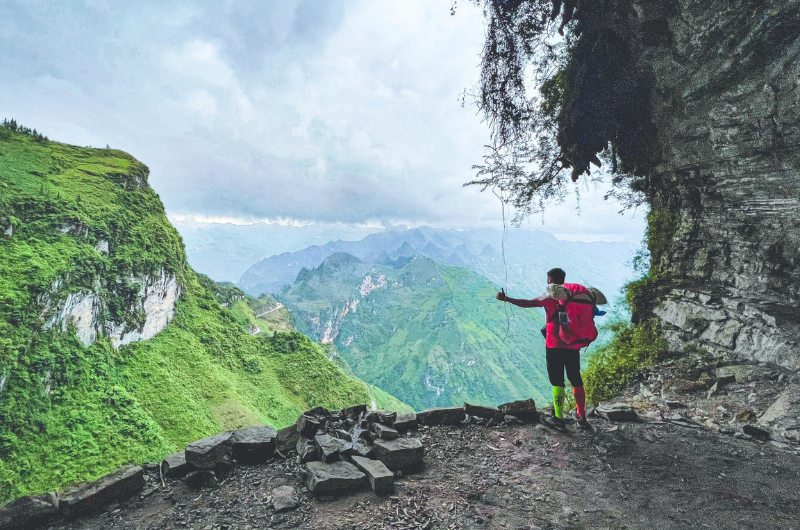
As Ta Ba Lo embarked on his journey through the rugged terrain, he was enthralled by the sweeping panoramas that unfolded before him, showcasing the breathtaking Ma Pi Leng Pass and the serpentine flow of the Nho Que River. With a sense of wonder, he observed, “The fresh air here feels like you’re venturing into a mystical realm that bridges the gap between heaven and earth. When you place your hand against the cliff’s surface, it’s as if you can connect with the ancient geological history that has shaped these towering mountains over millennia.”
The route traversed is generally quite accessible, with the majority of the path being well-paved and meticulously maintained. However, there are sections with steeper inclines that are fortified with robust iron railings to ensure safety. Ta Ba Lo reflected on the experience, saying, “Walking along the highest road in Ma Pi Leng, I am profoundly aware of my own insignificance amidst the grandeur of Ha Giang’s natural wonders.”
On days blessed with clear skies, the scene becomes even more enchanting, as visitors may be greeted by a mesmerizing sea of clouds that drifts lazily around the mountain’s base. The trail offers numerous vantage points perfect for capturing stunning photographs, and there is a dedicated viewing area designed to provide the best angles for photographing the panoramic views.
The campsite itself, situated in a natural hollow within the white cliff, is a relatively small rocky area approximately 3 meters wide and 10 meters long, which comfortably accommodates 5 to 6 tents. Unlike the well-secured hiking path, this camping spot lacks protective railings, so visitors need to exercise caution while setting up their tents.
From this elevated vantage point, nearly 1,700 meters above sea level, travelers are rewarded with expansive views of Ha Giang’s natural marvels. These include the winding course of the Nho Que River, the majestic Tu San Valley, and the serpentine Ma Pi Leng Pass, as well as other prominent passes such as Pha Din, Khau Pha, and O Quy Ho.
In this remote and serene locale, where modern amenities like Wi-Fi and phone signals are notably absent, visitors have the rare opportunity to fully immerse themselves in the tranquility of nature, offering a much-needed escape from the hustle and bustle of daily life. It’s advisable to bring along lightweight food, beverages, and warm clothing to counteract the chilly nighttime temperatures. Traveling in groups is recommended to enhance safety and provide mutual support. Practicing responsible tourism by cleaning up after yourself is essential to preserving the pristine environment.
For the most rewarding experience, it is best to plan your visit during favorable weather conditions, avoiding the rainy and foggy seasons. The optimal times to explore this region are from August to November and from March to May.
For more information,

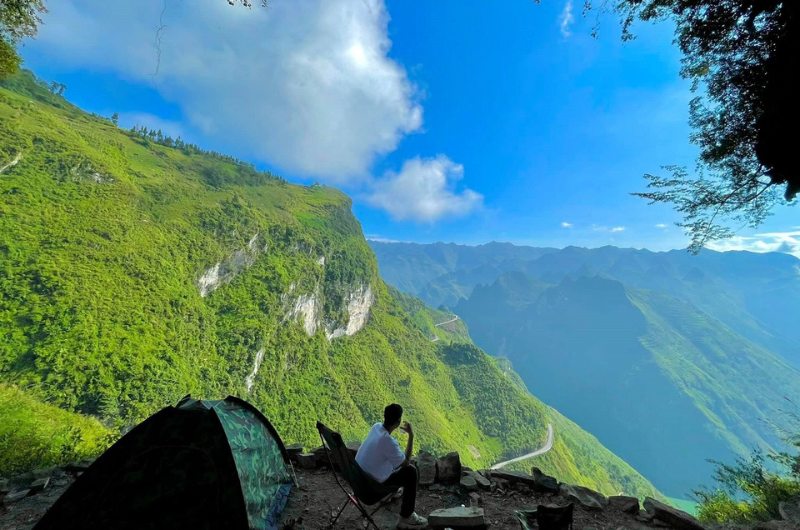
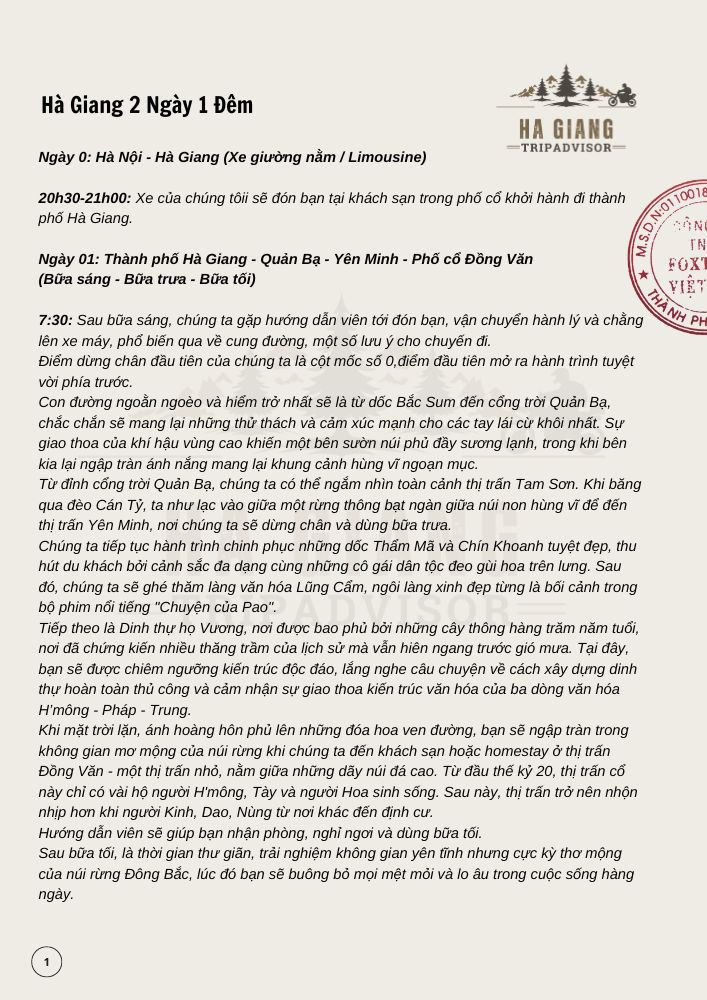


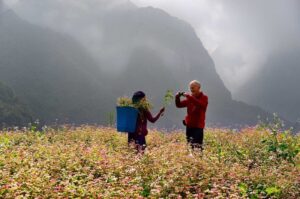
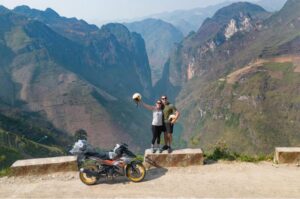
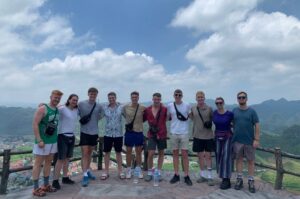
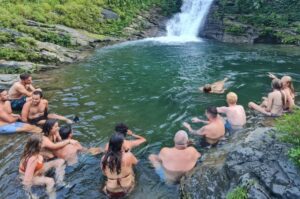
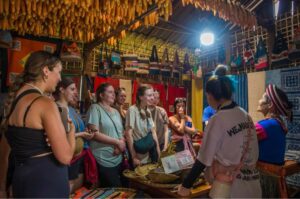

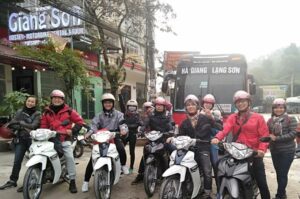
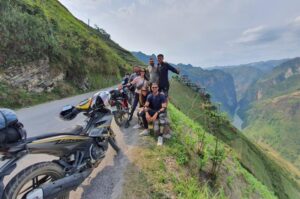

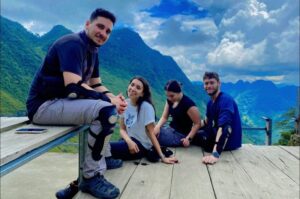
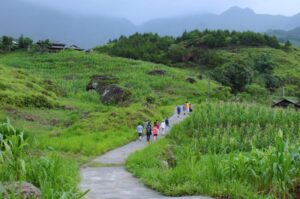

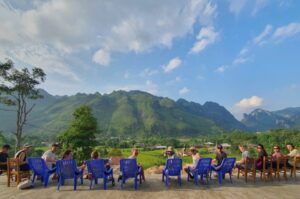
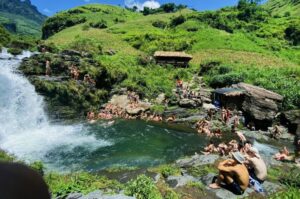
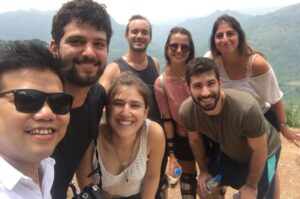
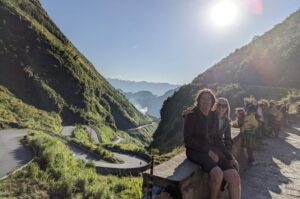
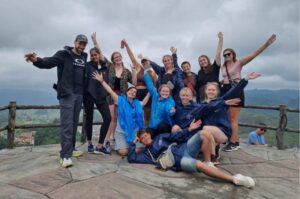
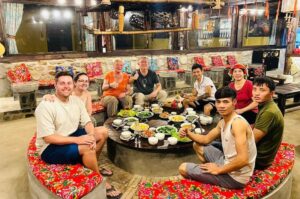

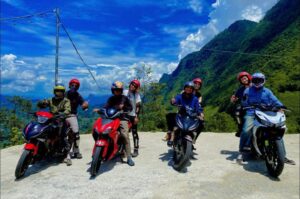
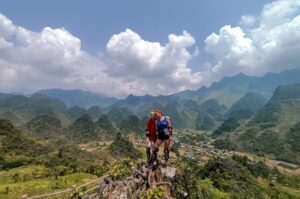
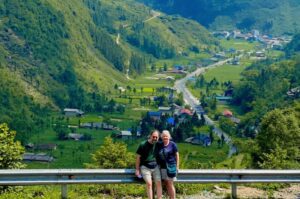
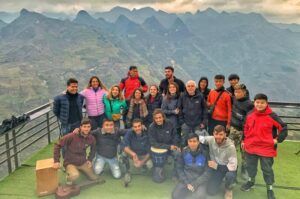
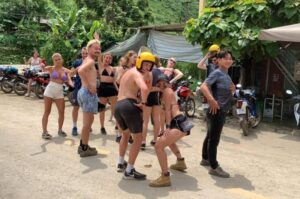
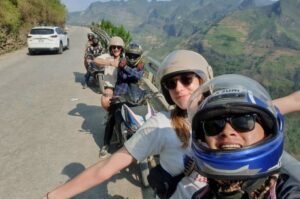

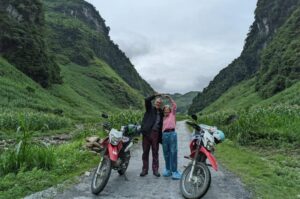



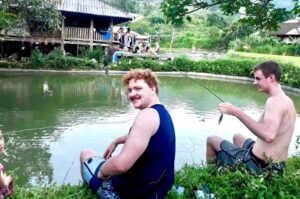
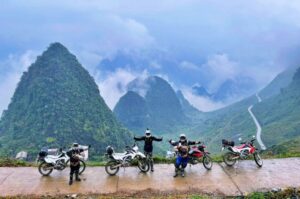

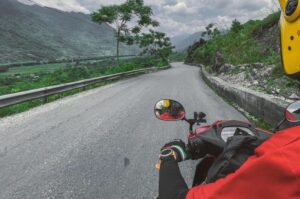
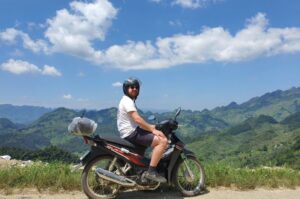

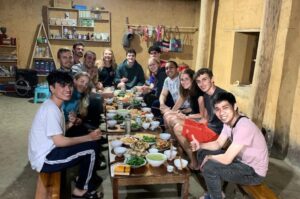
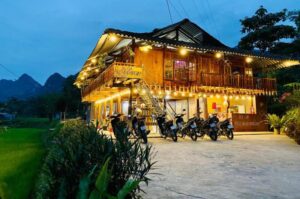
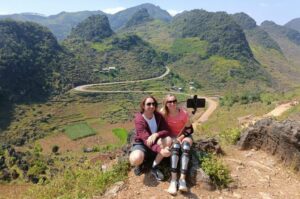

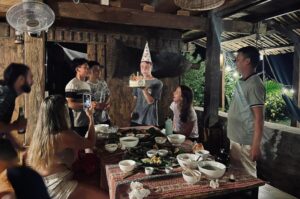

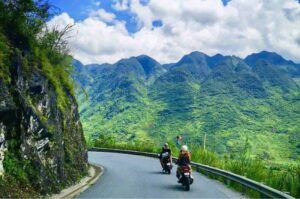
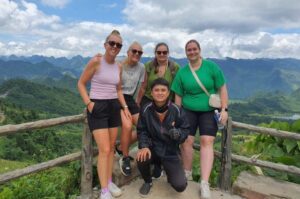

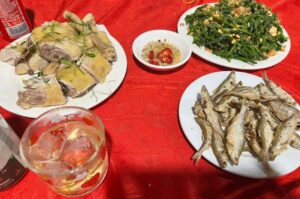
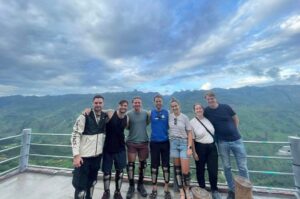

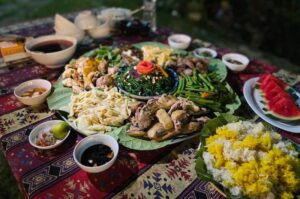
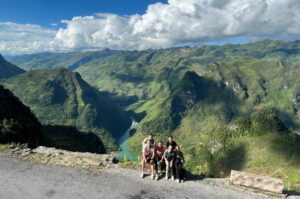

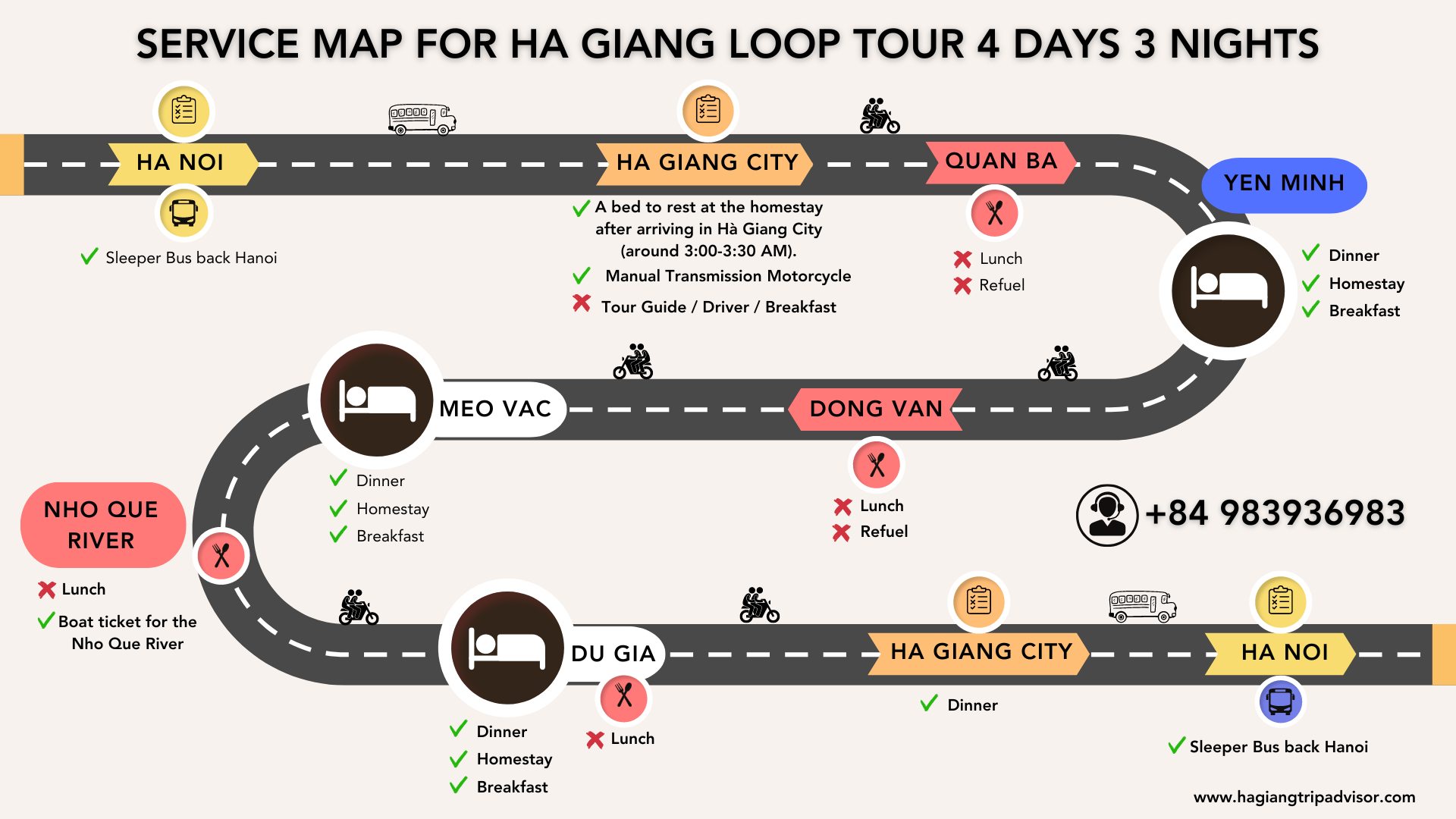
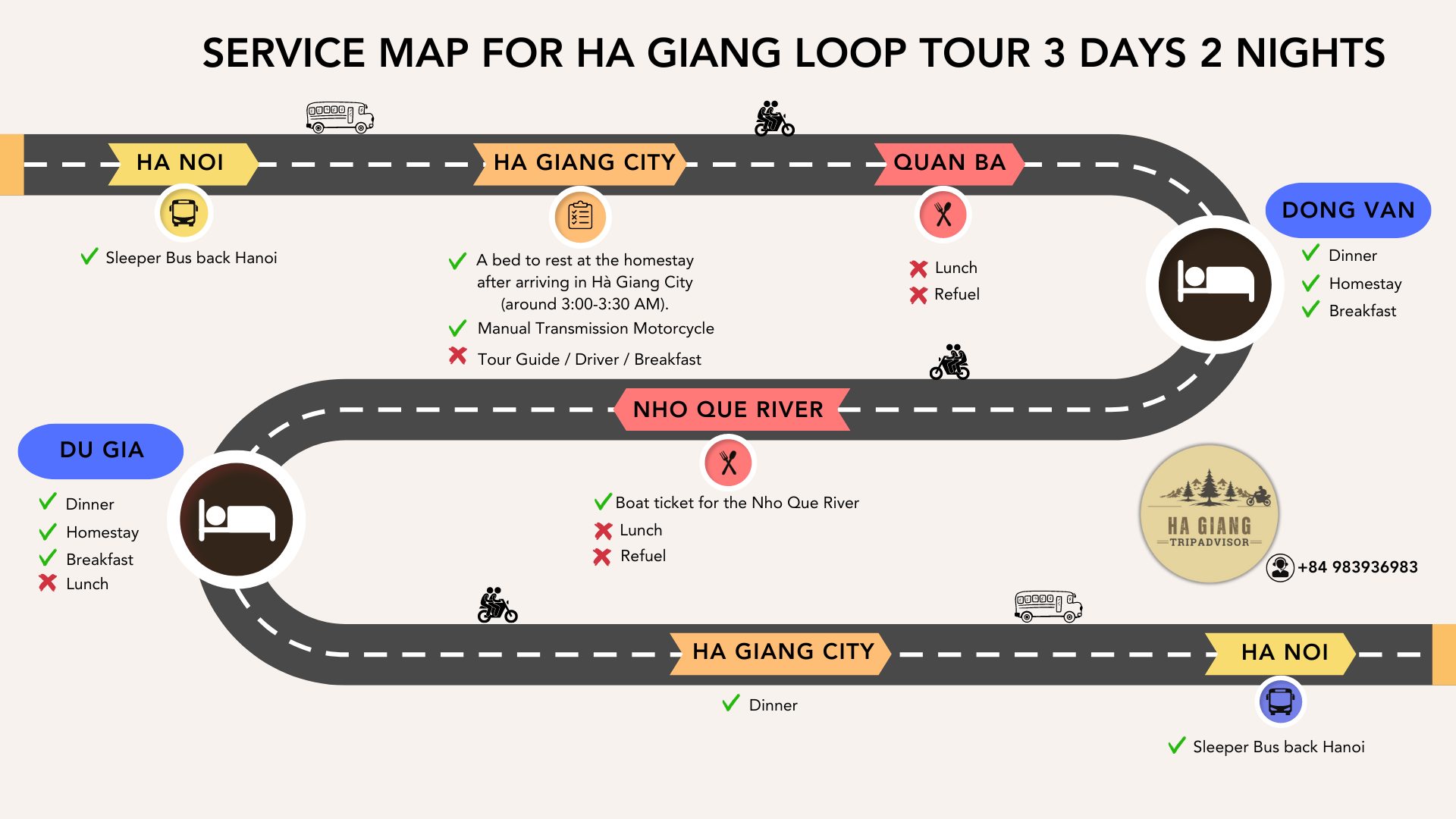
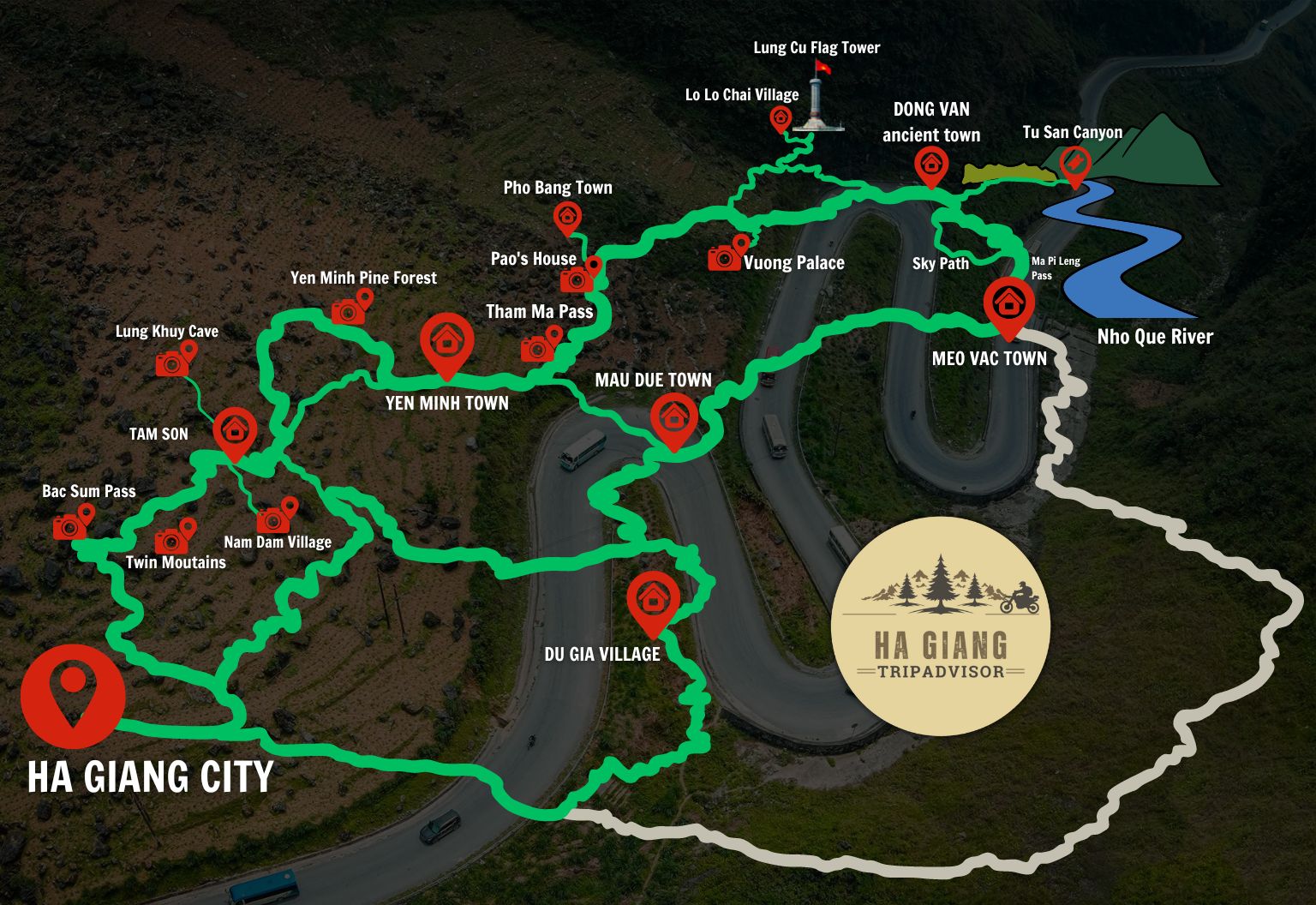
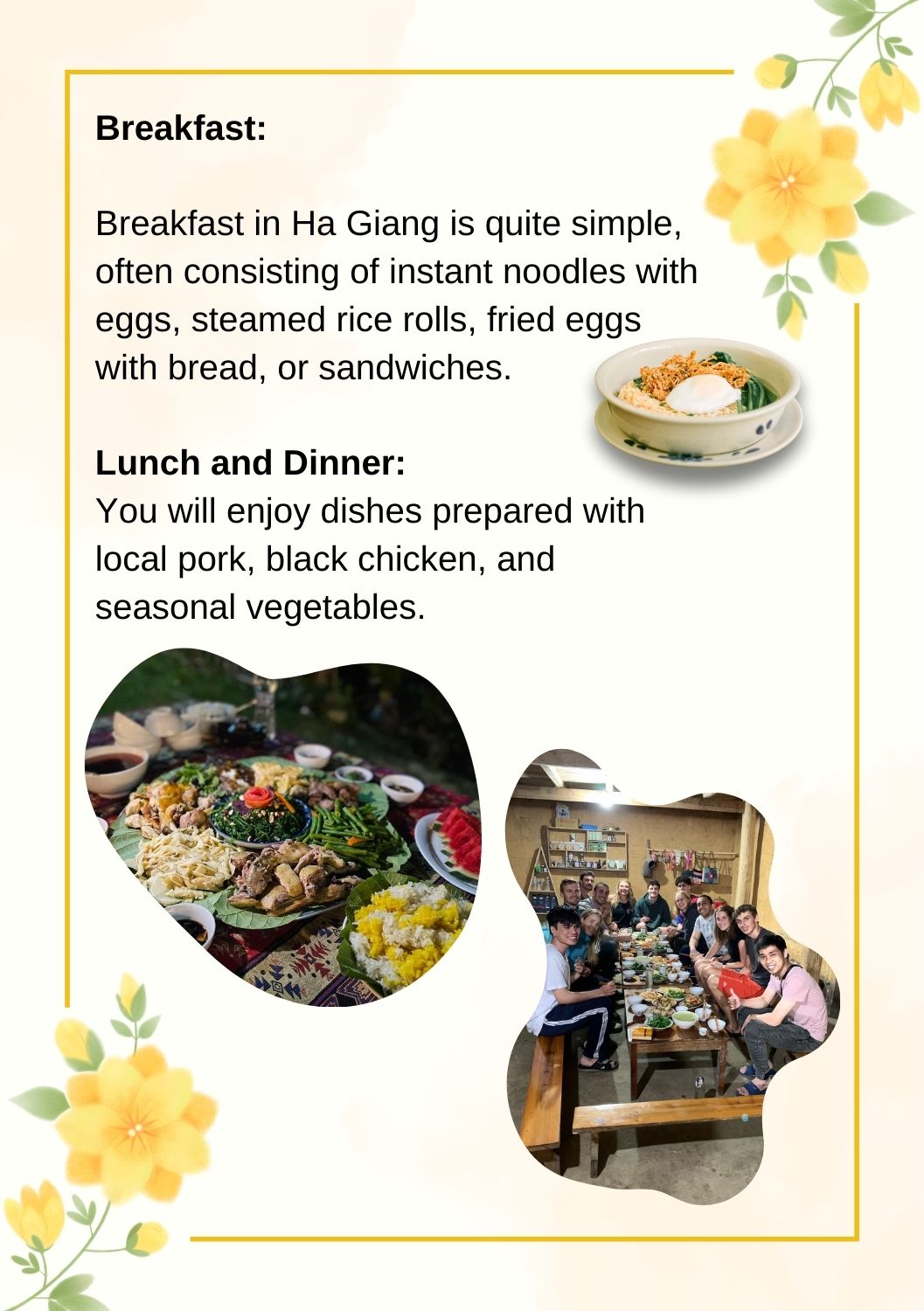
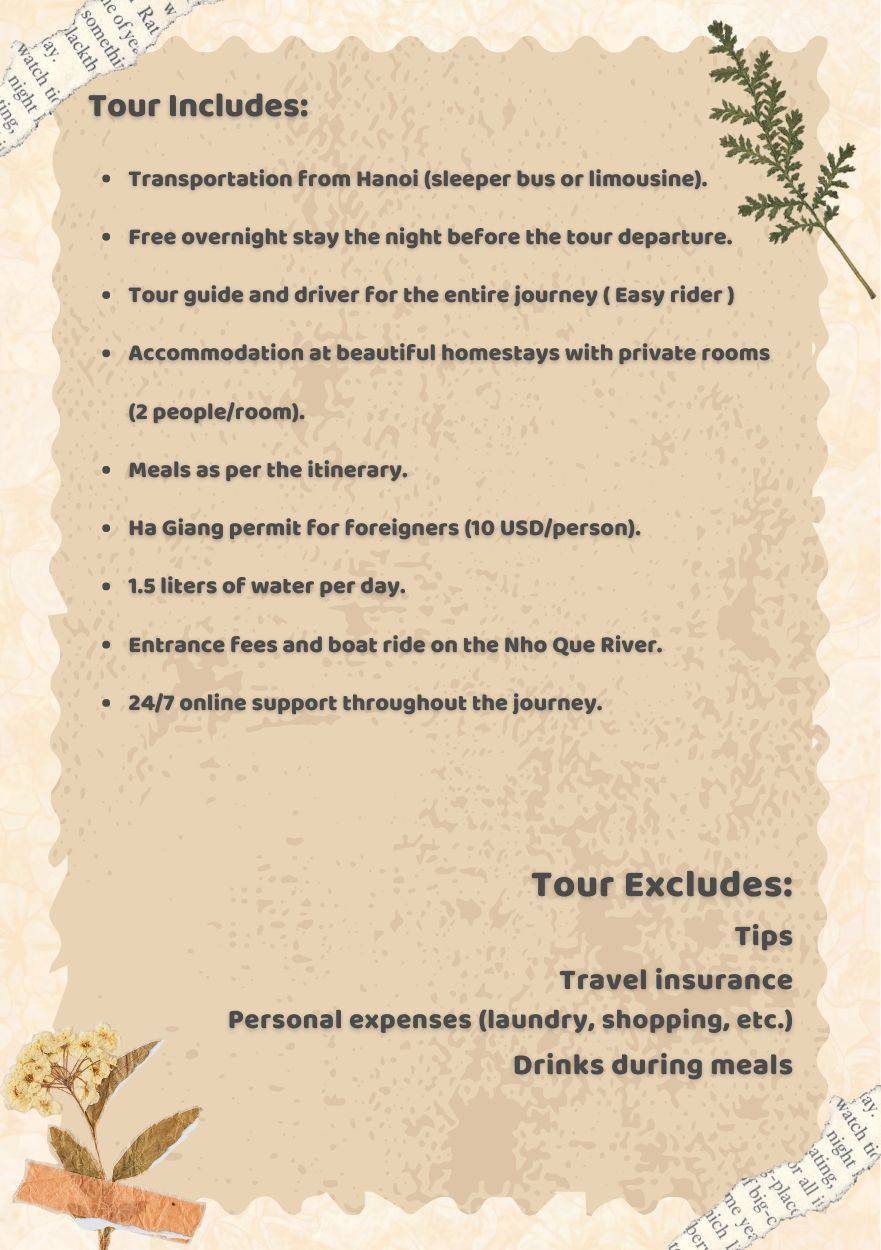
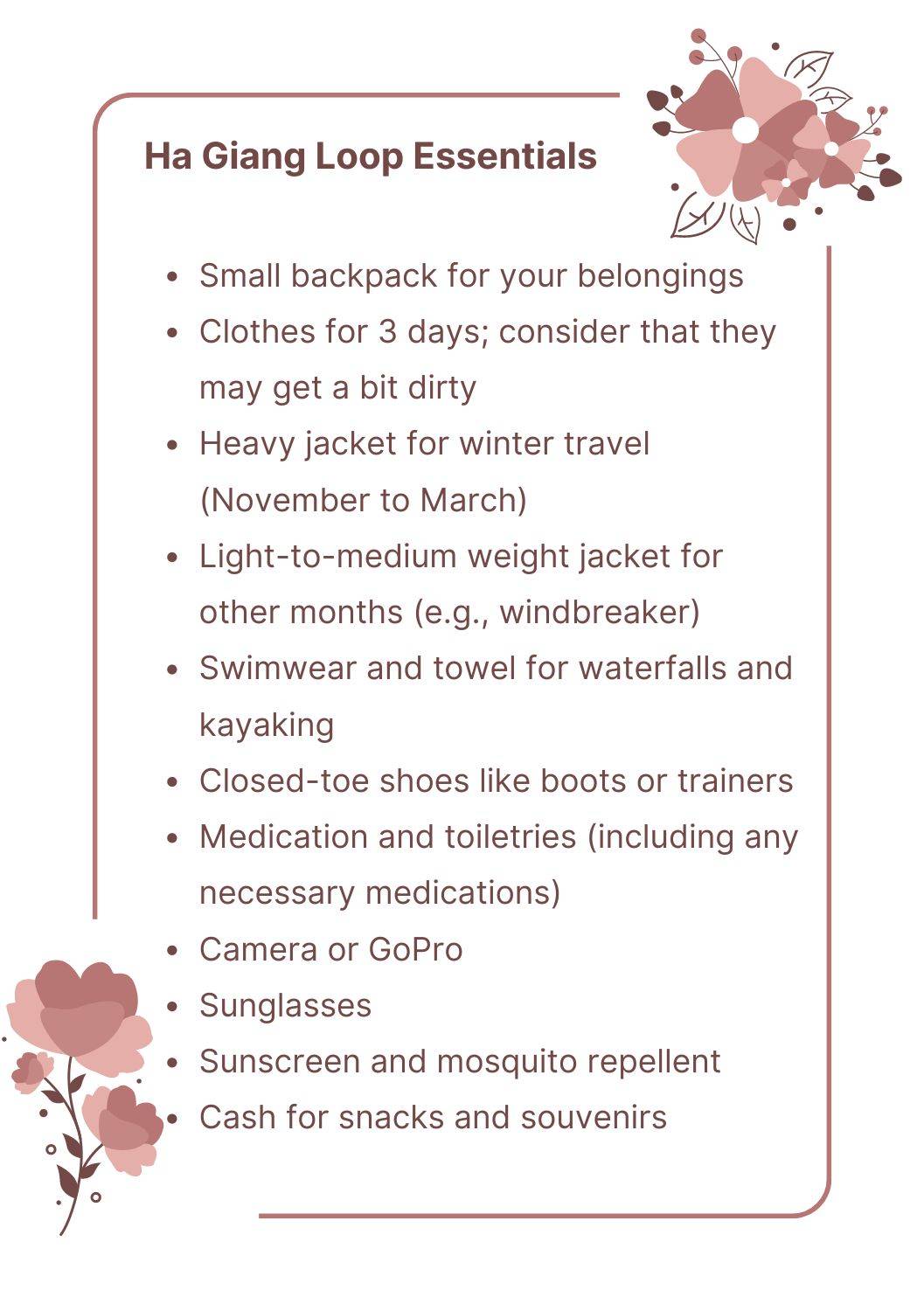
Add Comment